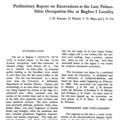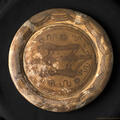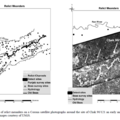Moving Mountains: The Trade and Transport of Rocks and Minerals with the Greater Indus Valley Region
Harappa’s rock and mineral assemblage from the perspective of the greater Indus Valley’s complex geology, the distance one would have to travel to acquire certain materials and a discussion of the differing motivations behind the acquisition and transport of rock and minerals in the greater Indus Valley region.










